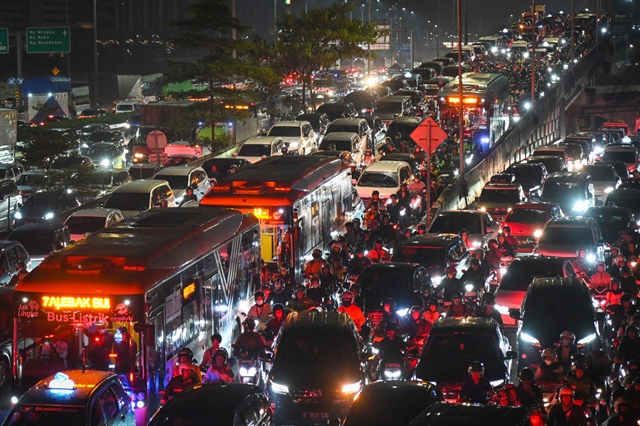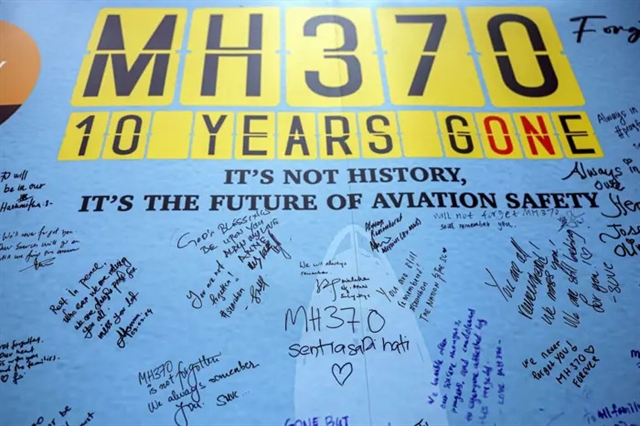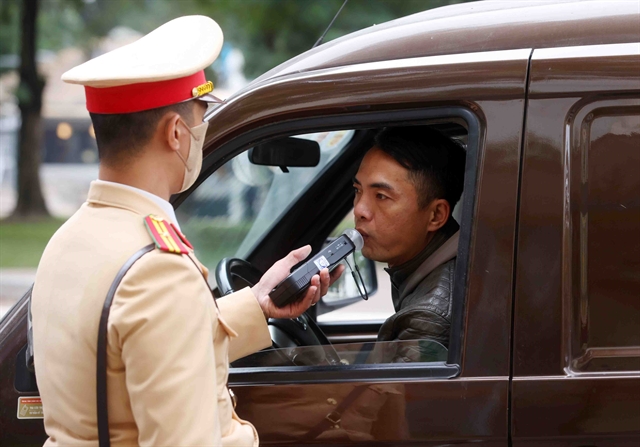 Opinion
Opinion

Nguyễn Văn Quyền, Chairman of Việt Nam Automobile Transport Association talks to Tuổi Trẻ (Youth) newspaper about why the driving licence database system has not been effective despite being in use since 2012
Nguyễn Văn Quyền, chairman of Việt Nam Automobile Transport Association talks to Tuổi Trẻ (Youth) newspaper about why the driving licence database system has not been effective despite being in use since 2012
How do you assess Minister of Transport Nguyễn Văn Thể’s recent proposal that drivers who lose their licences must take the driving test again to avoid false declarations?
In State management, legal provisions should create favourable conditions for people and businesses.
Many people lose their licences through fire, theft or some other accident. In those cases, licences should be promptly re-issued to help people out of their difficult situation.
However, many people who have had their licences temporarily seized by the police take advantage of the generous re-issuance policy by reporting their licences lost and getting new ones. State management should have strict solutions in these cases.
I think with the application of information technology, it is possible to recognise when somebody is attempting to abuse this policy to circumvent the law.
The Directorate for Roads of Việt Nam has said that in addition to allowing traffic police to search and verify whether licences are real or fake, the database also allows them to update driver’s records on the system for easier management. How is this done?
Since 2012, the Directorate for Roads of Việt Nam has used a management system which includes software that allows patrol forces to update the status of a temporarily seized licence. Police were trained to do this.
Previously, the Ministry of Transport and the Ministry of Public Security had a joint circular guiding co-ordination and information exchange on issuing and changing licences.
Unfortunately, the system does not update completely or promptly enough. The number of licences police recorded seizing is higher than the updated number shown in the system.
This is because the data is not updated promptly. If it was, it would be easier to manage drivers.
Would timely updates to the system about drivers’ violations and licence statuses bring more benefits than just monitoring licences?
When building the system, the Directorate for Roads of Việt Nam aimed to provide comprehensive updates of driver violations in order to better manage drivers.
Instead of punching holes on licences as the directorate used to, a driver’s violation can be added to the database and deductions can be made from the driver’s profile depending on the severity of the violation. On the basis of that information, it is possible to issue regulations for each driver with certain credit points. When the credit is under the permitted limit, the driver will not be allowed to drive.
Many countries have used this system and shown it can be effective, and many people in Việt Nam have proposed adopting it. Through close co-ordination with police, the directorate can ensure effective and transparent management.
The system can also help transport businesses select reliable drivers with real licences. They will be able to view driving records to determine whether candidates comply with traffic laws.
In the recent Resolution 12 on traffic order and safety, the Government assigned the Ministry of Transport and the Ministry of Public Security to improve licence control and the sharing of data.
This proves that the advisory bodies of the Government have grasped the problem and are providing guidance to meet transparency requirements. The strengthening co-ordination between the Ministry of Public Security and the Ministry of Transport is very important. — VNS




